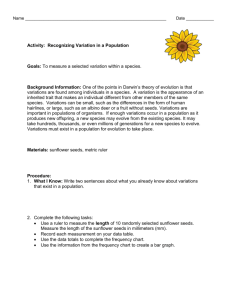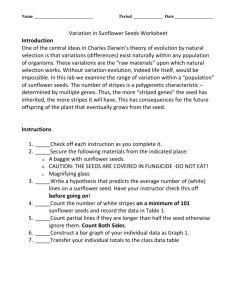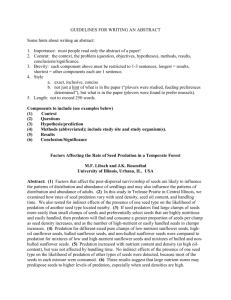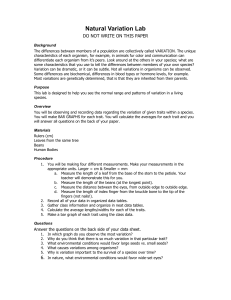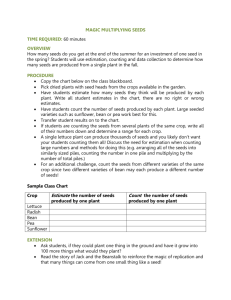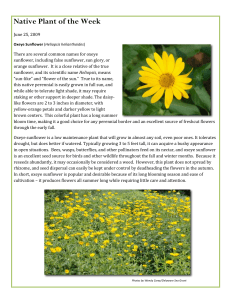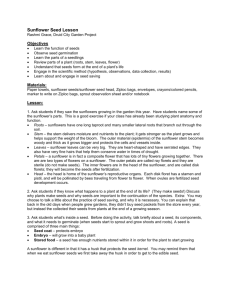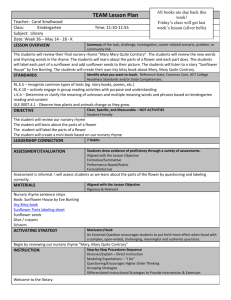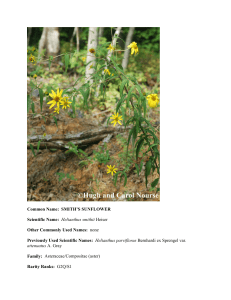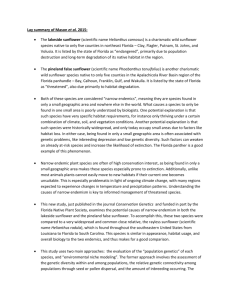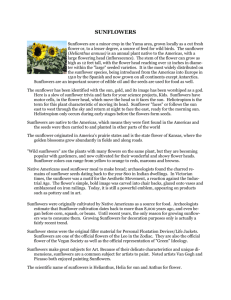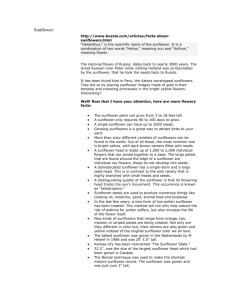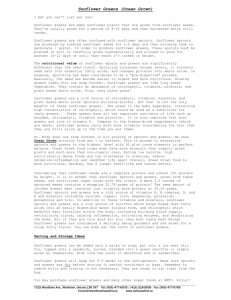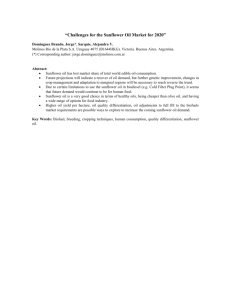Activity: Recognizing Variation in a Population
advertisement
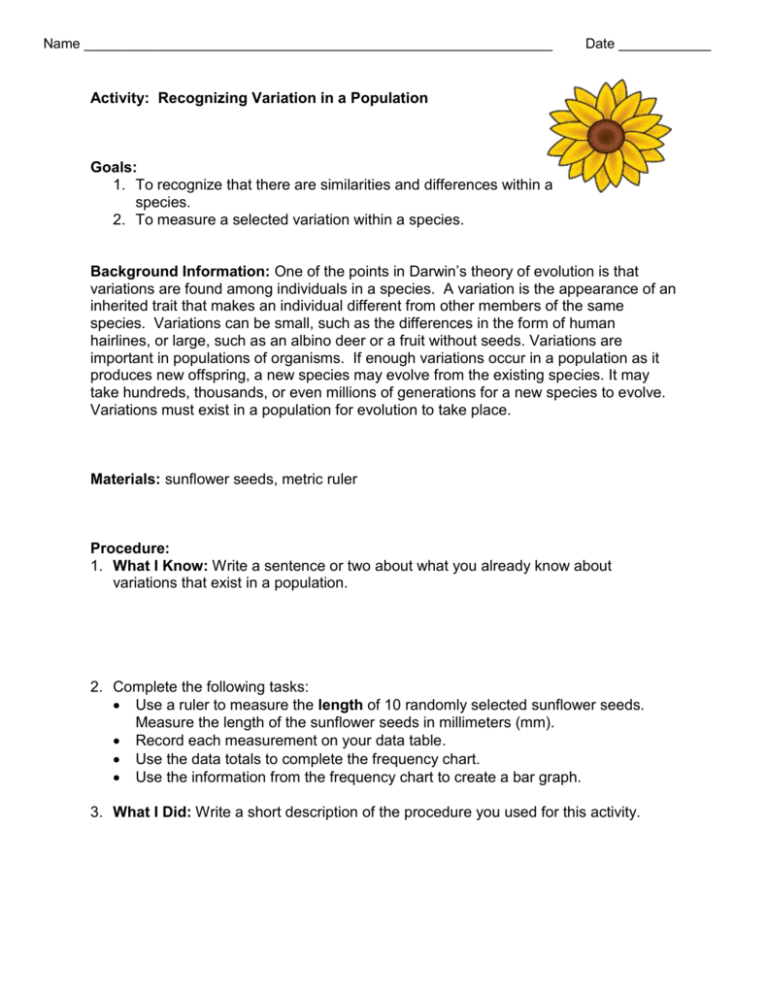
Name _____________________________________________________________ Date ____________ Activity: Recognizing Variation in a Population Goals: 1. To recognize that there are similarities and differences within a species. 2. To measure a selected variation within a species. Background Information: One of the points in Darwin’s theory of evolution is that variations are found among individuals in a species. A variation is the appearance of an inherited trait that makes an individual different from other members of the same species. Variations can be small, such as the differences in the form of human hairlines, or large, such as an albino deer or a fruit without seeds. Variations are important in populations of organisms. If enough variations occur in a population as it produces new offspring, a new species may evolve from the existing species. It may take hundreds, thousands, or even millions of generations for a new species to evolve. Variations must exist in a population for evolution to take place. Materials: sunflower seeds, metric ruler Procedure: 1. What I Know: Write a sentence or two about what you already know about variations that exist in a population. 2. Complete the following tasks: Use a ruler to measure the length of 10 randomly selected sunflower seeds. Measure the length of the sunflower seeds in millimeters (mm). Record each measurement on your data table. Use the data totals to complete the frequency chart. Use the information from the frequency chart to create a bar graph. 3. What I Did: Write a short description of the procedure you used for this activity. 4. What I Observed: Summarize your data using the frequency chart provided. Use this information to make a bar graph of the frequencies. Place the number of seeds on the y-axis and the frequency range on the x-axis. Data Table: Measure the length of 10 random sunflower seeds in millimeters (mm) and record the lengths on the table below. Length of Sunflower Seed (mm) 1 2 3 4 5 6 7 8 9 10 Frequency Chart: Ask your group members to share the information from their data table on seed length to complete the frequency chart below. Length (mm) 0 -5 mm 6 -10 mm 11 – 15 mm 16 – 20 mm Frequency Bar Graph: Frequency of Variation in a Species 0 -5 6-10 11-15 Length of Sunflower Seeds (mm) 16-20 21 - 25 5. What I Learned: Based on the results you observed, write a short summary describing what you learned from this activity. 6. What I Wonder: Write a question that states describes what you still may wonder or may still want to know about the topic of variations in a population. 7. Questions: Answer the following questions: a. Calculate the range of variation in your experiment. The range is the difference between the largest and the smallest measurements. b. Look at your bar graph, which length frequency was the most common for your sunflower seed samples? c. What does the range of length measurements for the sunflower seeds indicate? d. How do you think a graph of data from the entire class would be different from your graph of data?
